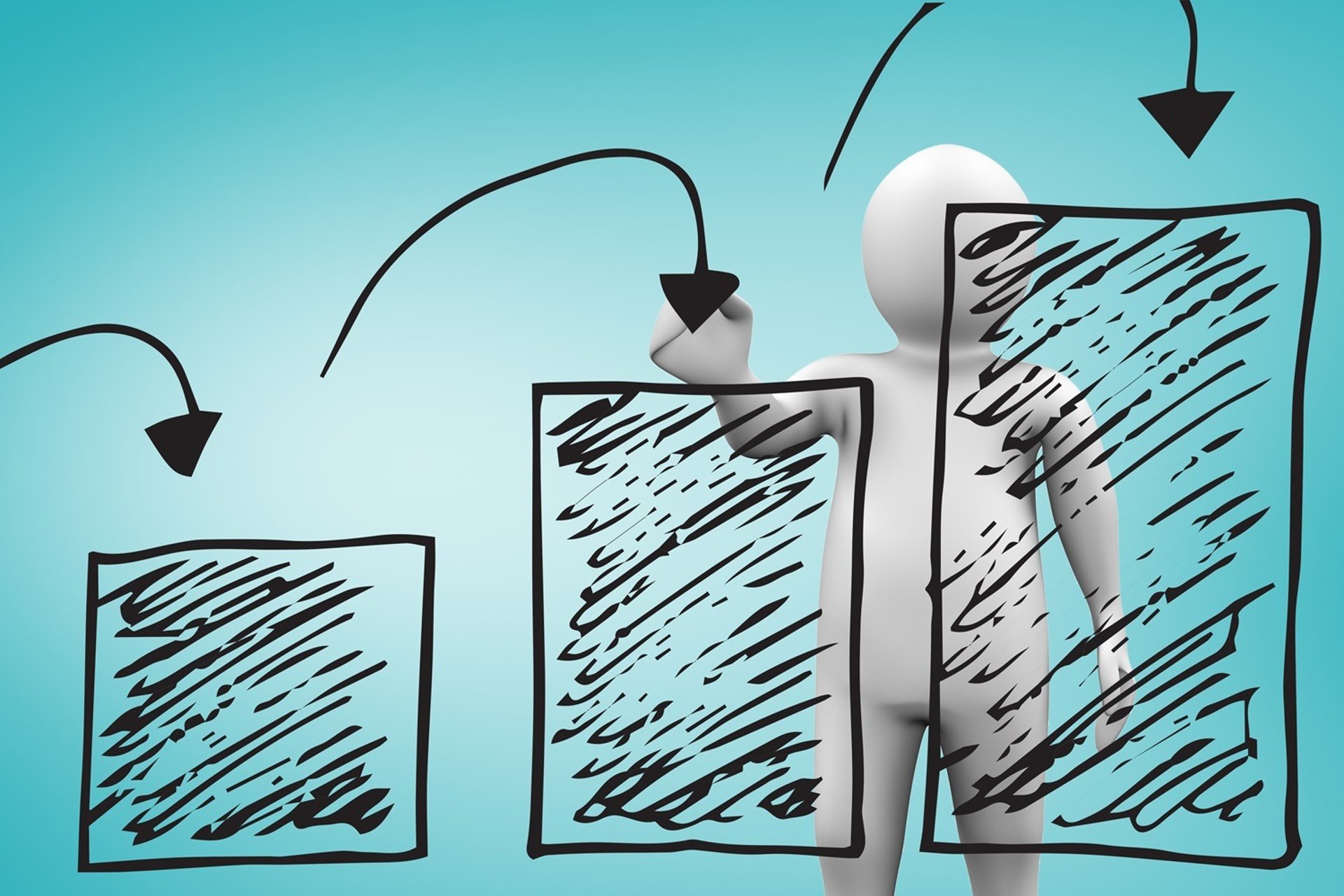
Sustaining Success: A Business-Driven Approach to Continuous Improvement
This article explores the concept of a business-driven sustainability approach for maintaining and continuously updating project documentation. It emphasizes the importance of treating project artifacts as "living" documents that evolve alongside business processes and technologies. By establishing clear guidelines, assigning ownership, and fostering a culture of continuous improvement, businesses can ensure their documentation remains relevant and aligned with current practices, thereby enhancing overall efficiency and responsiveness.
INSIGHTS
Imagine Building a House: A Blueprint for Digital Transformation
Imagine you're building a house. Each brick, each beam, and every coat of paint is carefully planned and executed. The house stands tall and beautiful upon completion, but the journey doesn’t end there. Regular maintenance, updates, and enhancements are essential to keep it standing strong and relevant over time. The same principle applies to digital transformation and maintaining business sustainability.
In the realm of business, the artifacts created during a project are the building blocks of your organizational structure. These artifacts—documents, processes, and systems—must be regularly updated and maintained to align with evolving business needs and functionalities. This article aims to outline a business-driven sustainability approach to ensure that your project's documentation remains dynamic and relevant.
Understanding the Sustainability Approach Model
A business-driven sustainability approach involves maintaining and continuously updating all project artifacts to align with the latest business processes and functionalities. This means treating these artifacts as "living" documents that evolve alongside your business.
Initial Problem Statement: During the project lifecycle, numerous artifacts are produced by the Business Readiness and Enablement streams. These artifacts often undergo updates, changes in ownership, and alterations in business processes. It is crucial that these artifacts are meticulously documented and kept current post Go-Live.
Purpose of This Article: The goal is to establish a shared understanding and propose a plan for businesses to ensure continuous updates of initial project documentation delivered at Go-Live.
Ownership: Subject Matter Experts (SMEs) in Business are responsible for driving this function. A Training Manager will be appointed to oversee this process, either in a decentralized or centralized role. Stakeholders will agree on training support pre and post Go-Live.
Expected Outcomes and Benefits
Maintaining all existing artifacts in alignment with the latest business processes ensures a smooth transition to new changes and expedites the update times for training materials. This approach guarantees that your documentation is always up-to-date, which enhances overall business efficiency and responsiveness.
Artifacts to be Aligned to Production Environment:
Target Operating Model
Training Manuals
Quick Reference Guides (QRG)
Simulations, Demonstrations, and Practice Modes (including Test Mode)
Business Policies and Procedures
"Just in Time" Principle: It is recommended to update and obtain sign-off on impacted documents promptly after new functionality is introduced to the UAT environment. This ensures timely updates available for publication on the Learning Management Tool.
When operational functions transition to another stream or team, updates should ideally be completed before the transfer occurs to ensure new teams are adequately trained.
Assumptions and Triggers
Assumptions:
Project documents are produced.
Business and Training Managers, along with Implementation Partners, drive sustainability efforts.
Updated documents comply with business governance requirements.
Possible Triggers:
Changes in Business Processes
Modifications to Existing Process Flows
Transfer of Ownership for Tasks or Functions
Reallocation of Resources
Introduction of New Functionality
Updates to Screens or User Interfaces
Identify relevant role players/stakeholders who will maintain, upskill, or communicate regarding:
Business Process Changes
System Changes
Content Updates
Applicable Transactions Linked to the Business Processes
Refresher Training
New Employee Training
Ongoing Implementation Support
Conclusion
Think of your business as an ever-evolving structure, much like a house that requires regular maintenance and updates to stay strong and functional. By adopting a business-driven sustainability approach, you ensure that your project artifacts remain aligned with current business processes and technologies. This continuous improvement strategy not only enhances operational efficiency but also keeps your business agile and responsive to change.
In a world where change is the only constant, maintaining up-to-date documentation and processes is not just a best practice—it’s a necessity for sustained success. Embrace this approach, and ensure your business remains robust, adaptable, and ahead of the curve.

